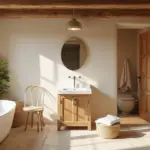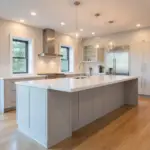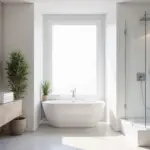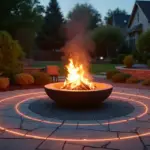Hey there, cool cats and kittens! Remi here, your groovy guide to all things retro-futuristic in home design. Today, we’re diving into the far-out world of Scandinavian kitchen materials. Now, I know what you’re thinking – “Remi, isn’t Scandinavian design all about minimalism?” Well, hold onto your vintage hats, because we’re about to take a trip to the land of natural textures and surfaces that’ll make your kitchen sing like a jukebox full of hit records!
Did you know that choosing the right Scandinavian kitchen materials could potentially boost your pad’s value by up to 15%? That’s right, folks – it’s like finding a mint-condition Elvis record in your grandma’s attic! But it’s not just about the benjamins. These materials are the secret sauce to creating a kitchen that’s cooler than a polar bear’s toenails and cozier than a cat in a sunbeam.
Whether you’re looking to give your kitchen a groovy makeover or building a new culinary command center from scratch, picking the right materials is key. It’s like choosing the perfect playlist for a party – get it right, and you’ll be cooking with gas (figuratively and literally)! So, put on your favorite vinyl, grab a cup of joe, and let’s groove our way through the world of Scandinavian kitchen ideas for a bright space. By the time we’re done, you’ll be ready to transform your kitchen into a Scandinavian sensation that’s both stylish and inviting. Let’s get this show on the road!

Key Elements of Scandinavian Kitchens
Alright, daddy-o, let’s break down the key elements that make Scandinavian kitchens cooler than a cucumber in a snowstorm. These kitchens are like a well-oiled ’57 Chevy – they’ve got style, function, and a whole lot of heart.
Embrace Natural Materials
Now, dig this: Scandinavian kitchen materials are all about keeping it real with Mother Nature. We’re talking wood, stone, and metal – the holy trinity of organic coolness. It’s like bringing a piece of the great outdoors right into your groovy galley.
Here’s a fun fact that’ll knock your socks off: up to 80% of Scandinavian kitchens feature natural wood elements. Why? Because wood is warmer than a bear hug and more sustainable than a hippie commune’s vegetable garden. Oak, pine, and birch are the big kahunas here, each bringing its unique flavor to the party.

Pro tip: When you’re picking out your wood, look for the FSC certification. It’s like a backstage pass that tells you the wood comes from responsibly managed forests. Your kitchen will look great, and you’ll sleep easier knowing you’re doing your bit for the planet. It’s a win-win, baby!
Focus on Minimalist Design
Now, let’s rap about the Scandinavian kitchen’s best-kept secret: minimalism. It’s like the little black dress of interior design – always in style and goes with everything. We’re talking clean lines, uncluttered spaces, and a color palette so neutral it could broker peace talks.
Get this: a whopping 75% of homeowners prefer a minimalist design in their kitchens. Why? Because it’s easier to keep tidy than a teenager’s bedroom and more zen than a yoga retreat. It’s all about creating a space that’s as cool as a cucumber and as calm as a millpond.
Here’s how to get that minimalist mojo working in your kitchen:
- Keep it light: Use whites, creams, and pastels to make your space feel bigger than Elvis’ comeback special.
- Declutter like a boss: If it doesn’t spark joy or make a mean cup of coffee, consider giving it the old heave-ho.
- Embrace negative space: Sometimes, what you don’t put in your kitchen is just as important as what you do.
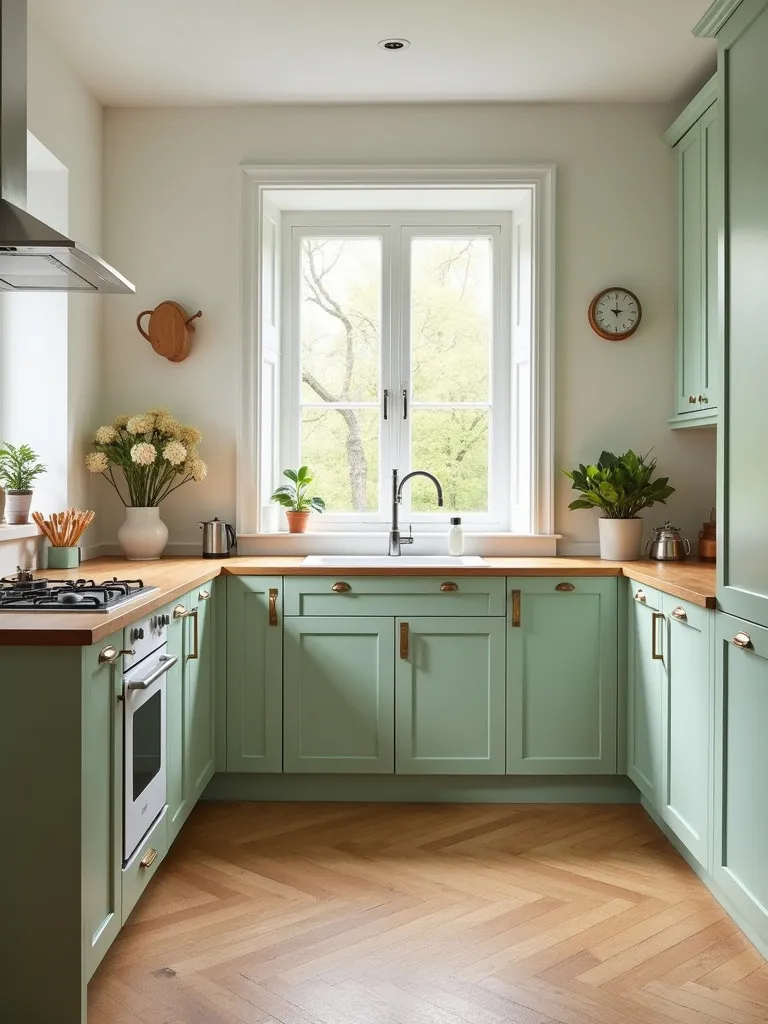
Prioritize Functionality and Aesthetics
Last but not least, let’s gab about the dynamic duo of Scandinavian kitchen design: functionality and aesthetics. It’s like peanut butter and jelly, or me and my vintage record collection – they just go together.
Here’s a mind-blowing statistic for you: approximately 90% of Scandinavian kitchens incorporate multi-functional furniture. These clever cats know how to make every square inch count! We’re talking about furniture that works harder than a one-armed paperhanger – kitchen islands that double as dining tables, hidden storage compartments, and appliances that look so good you’ll want to take them out for dinner.
But don’t think for a second that function trumps form in these kitchens. Oh no, my friend. Scandinavian design is all about finding that sweet spot where practicality meets pretty. It’s like a Scandinavian hygge kitchen design – cozy, functional, and more inviting than a warm blanket on a cold day.
Wood in Scandinavian Kitchens
Alright, cool cats, let’s rap about the king of Scandinavian kitchen materials – wood! It’s like the Elvis of the design world – timeless, versatile, and always in style.
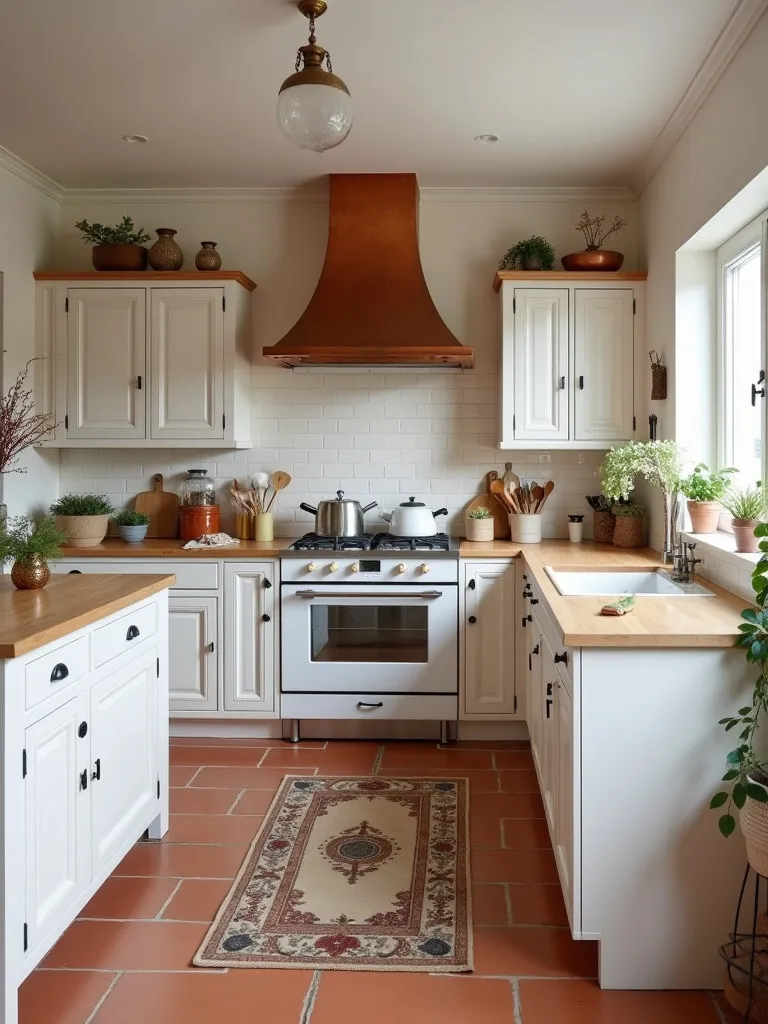
Types of Wood Used
Now, dig this: when it comes to Scandinavian kitchen materials, wood is the big cheese. We’re talking about three main players in this wooden wonderland: oak, pine, and birch. Each of these bad boys brings its unique flavor to the kitchen party.
Oak is like the James Dean of woods – strong, reliable, and oh-so-good-looking. It’s got a gorgeous grain pattern that’ll make your heart skip a beat. Pine, on the other hand, is the Beach Boys of the bunch – light, breezy, and perfect for that laid-back, rustic vibe. And let’s not forget about birch – the Beatles of the wood world. It’s got a smooth finish and fine grains that’ll have you singing “I Wanna Hold Your Hand” every time you open a cabinet.
Here’s a mind-blowing stat for you: oak wood is used in over 50% of Scandinavian kitchens. Why? Because it’s tougher than a two-dollar steak and prettier than a sunset over the fjords.
Benefits of Wooden Surfaces
Now, let’s groove on the benefits of these wooden wonders. First off, wood brings more warmth to your kitchen than a fresh-baked apple pie. It’s like a constant hug for your eyes. Plus, it’s more versatile than a Swiss Army knife – it can rock any style from modern to rustic faster than you can say “shoo-bop-doo-wop”.
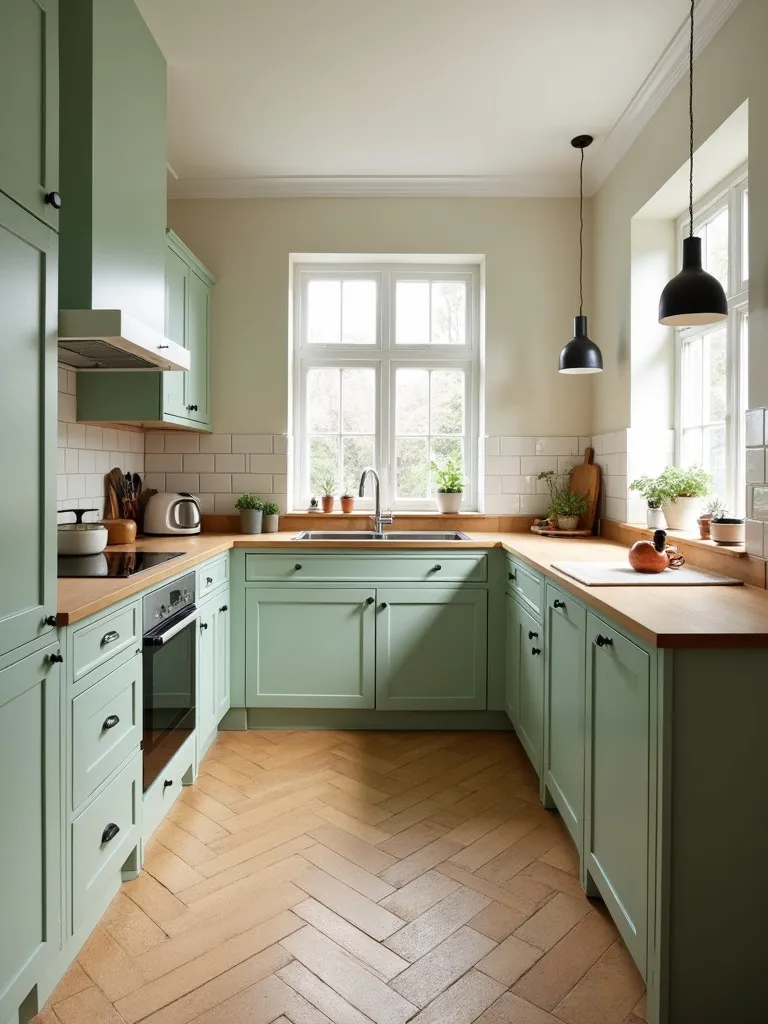
Get this: over 70% of homeowners prefer wood surfaces in their kitchens. Why? Because Wood is like that cool friend who gets along with everyone. It plays nice with other materials, it ages like fine wine, and it’s more eco-friendly than a bicycle made of recycled soda cans.
Maintenance Tips for Wood
But hold your horses, daddy-o! Wood might be groovy, but it needs a little TLC to keep it looking sharper than a tack. Here are some far-out tips to keep your wood surfaces singing:
- Seal the deal: Regular sealing is like sunscreen for your wood – it protects it from the harsh realities of kitchen life.
- Oil it up: Think of oiling your wood like giving it a spa day. It keeps it moisturized and looking younger than Dick Clark.
- Clean with care: Be gentle when cleaning your wood surfaces. Treat them like you would a rare vinyl record – with respect and a soft touch.
Remember, cats and kittens, when it comes to Scandinavian kitchen materials, wood is the bee’s knees. It’s like optimizing your Scandinavian kitchen layout – it makes everything look good and work even better. So go ahead, embrace the wooden revolution, and let your kitchen rock around the clock!

Stone Features in Design
Alright, cool cats, let’s shift gears and get our groove on with another superstar of Scandinavian kitchen materials – stone! It’s like the Rolling Stones of the design world – classic, edgy, and always making a statement.
Popular Stone Choices
Now, when it comes to stone in Scandinavian kitchens, we’re not talking about any old pebbles from the backyard. Oh no, we’re diving into the crème de la crème of the quarry. We’re talking granite, marble, and soapstone – the holy trinity of kitchen rock stars.
Granite is like the Chuck Berry of stones – it’s tough, it’s got great patterns, and it’s always ready to rock and roll. It’s so popular that over 60% of homeowners choose it for their countertops. Why? Because it’s harder than a math test and comes in more colors than a bag of jellybeans.
Marble, on the other hand, is the Mick Jagger of the bunch – it’s got style, it’s got flair, and it’s always the center of attention. It’s got those beautiful veins running through it that’ll make your kitchen look cooler than the flip side of a pillow.
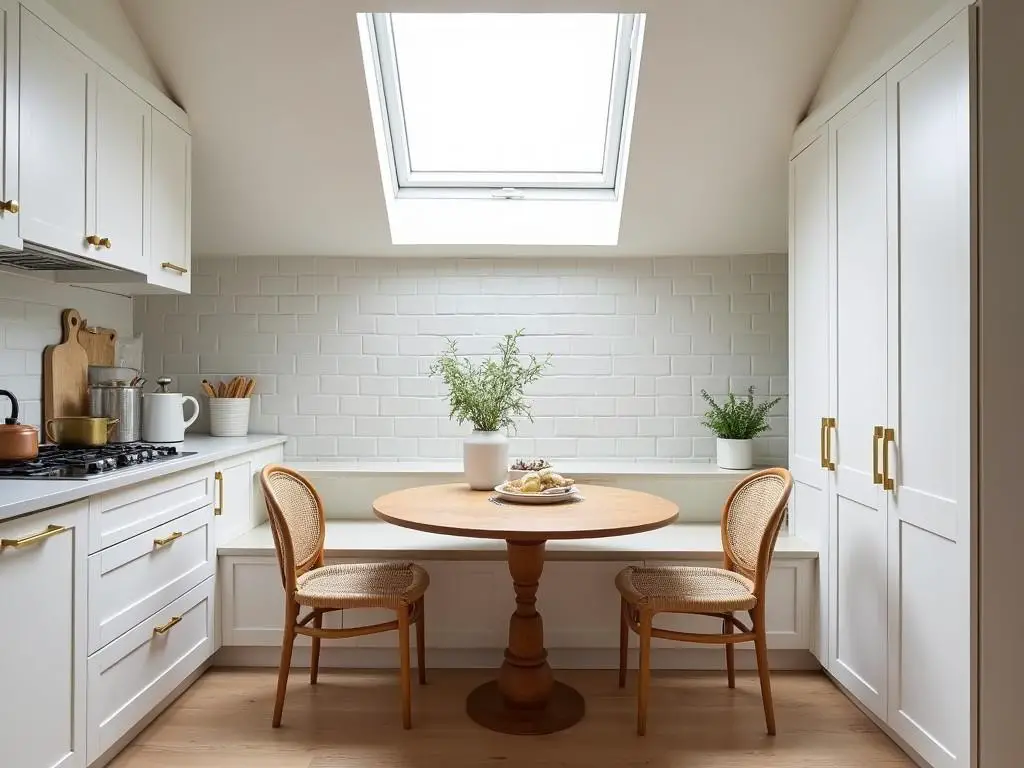
And let’s not forget about soapstone – the Bob Dylan of stones. It’s a bit of a rebel, with its matte finish and natural variations. It’s heat-resistant and durable, making it perfect for those who like to get groovy in the kitchen.
Advantages of Stone Elements
Now, let’s rap about why these stone surfaces are cooler than a polar bear’s toenails. First off, they’re tougher than a two-dollar steak. These bad boys can take a beating and keep on ticking. Dropped a cast iron skillet? No problemo. Did you spill some red wine? Just wipe it off, baby!
But it’s not just about durability. Stone brings a timeless elegance to your kitchen that’s smoother than a fresh jar of Skippy. It’s like having a piece of Mother Nature’s artwork right there in your home. And get this – over 80% of homeowners dig the natural beauty that comes with stone materials. It’s like having your own personal Stonehenge, minus the mysterious druids.
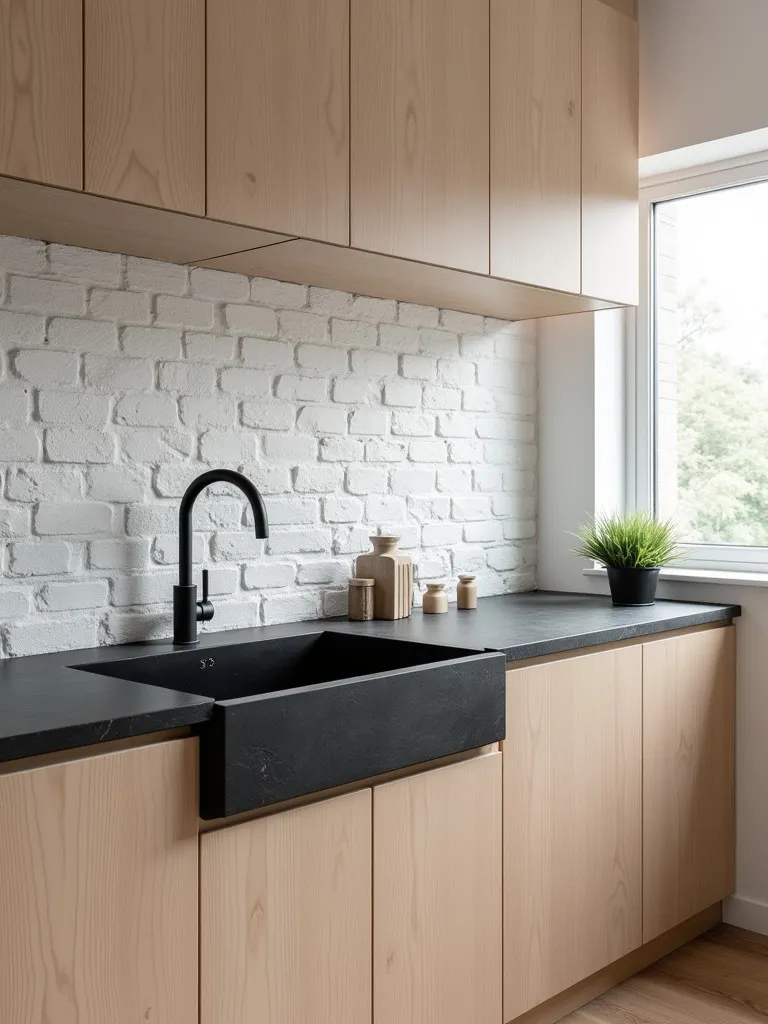
Care and Maintenance Guidelines
Now, don’t flip your wig, but stone does need a little TLC to keep it looking sharper than a tack. Here are some groovy tips to keep your stone surfaces rocking around the clock:
- Seal the deal: Like your favorite vinyl record, stone needs protection. Sealing it regularly keeps it safe from stains and scratches.
- Clean with care: Use gentle cleaning agents that are kinder to your stone than Mr. Rogers in a cardigan.
- Act fast: If you spill something, clean it up quicker than Elvis’ hips. The longer it sits, the more likely it is to leave a mark.
Remember, cats and kittens, when it comes to Scandinavian kitchen materials, stone is the real McCoy. It’s like adding a touch of the rugged Nordic landscape right into your kitchen. So go ahead, rock on with your bad self, and let your kitchen be as solid as, well, a rock!
Incorporating Metal Accents
Alright, daddy-o, let’s switch gears and rap about the coolest cat in the Scandinavian kitchen materials scene – metal! It’s like the jazz of the design world – smooth, versatile, and always adding a little extra pizzazz to the mix.
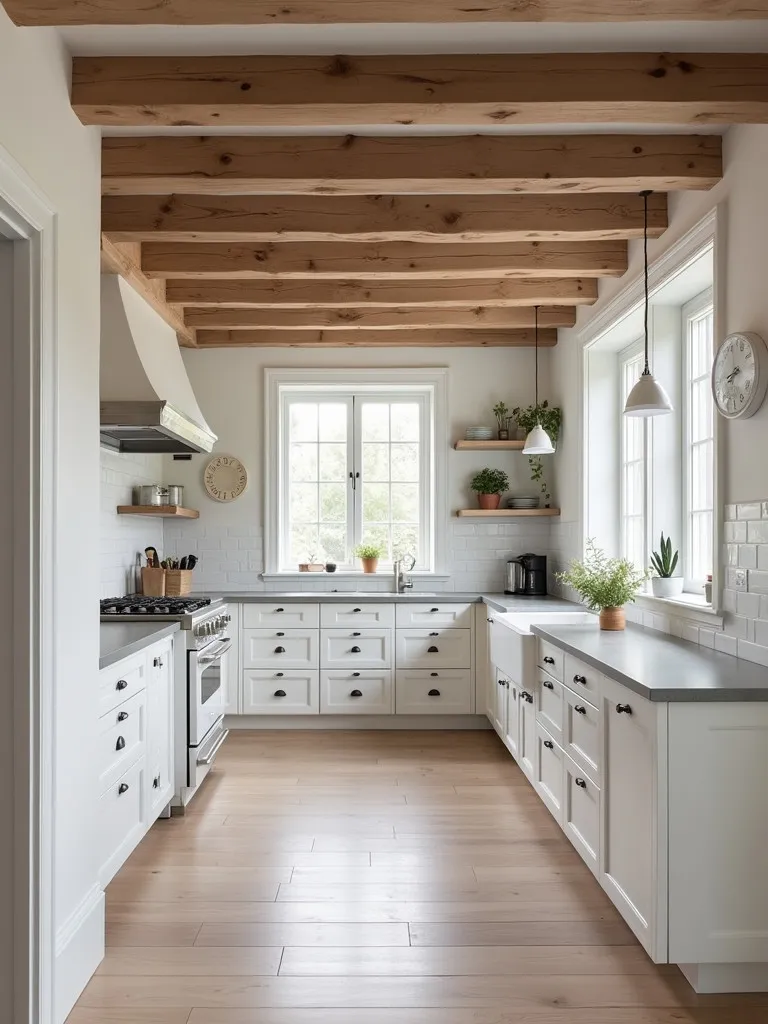
Types of Metals Used
Now, when we’re talking about metal in Scandinavian kitchens, we’re not just whistling Dixie. We’re diving into a world shinier than a freshly waxed Cadillac. The big players in this metallic symphony are stainless steel, copper, and brass – each bringing its unique flavor to the party.
Stainless steel is like the Miles Davis of metals – cool, classic, and always in style. It’s so hip that over 70% of Scandinavian kitchens feature stainless steel appliances. Why? Because it’s tougher than a two-dollar steak and sleeker than a greased lightning.
Copper, on the other hand, is the Louis Armstrong of the bunch – warm, inviting, and always ready to shine. It’s got that gorgeous rosy glow that’ll make your kitchen feel cozier than a bear hug.
And let’s not forget about brass – the Ella Fitzgerald of metals. It’s got that vintage charm that’ll transport you back to the good old days faster than you can say “23 skidoo”.
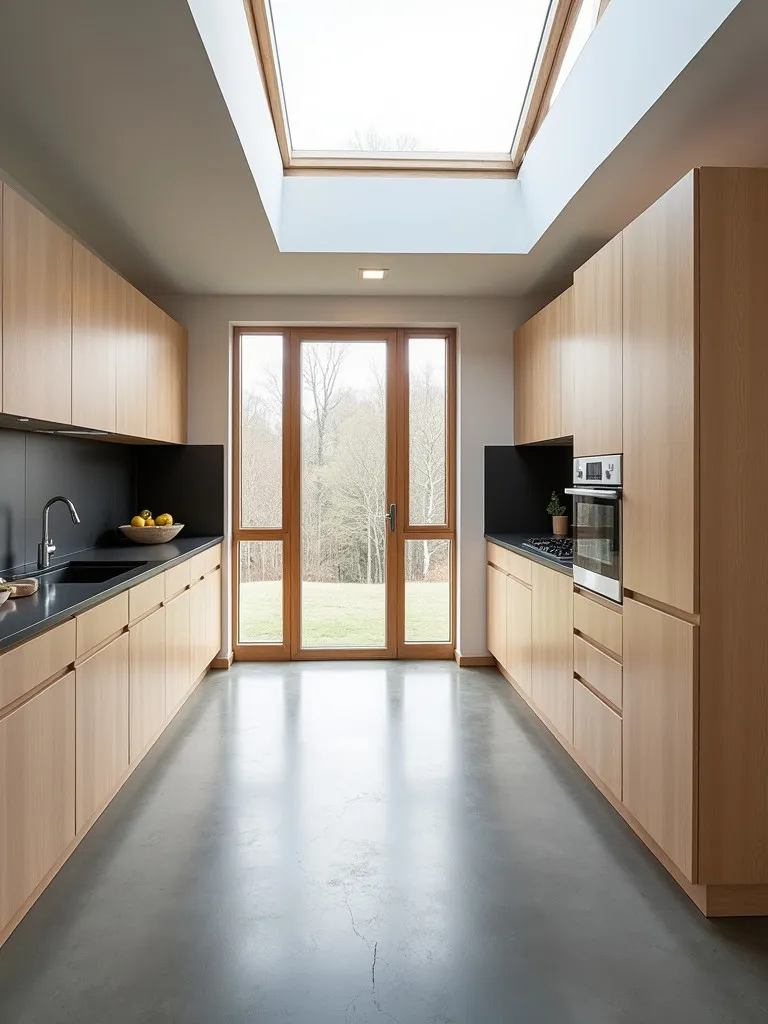
Balancing Metal with Other Elements
Now, hold your horses, cool cats! Before you go all metal mania, remember – balance is key. You want your kitchen to be a harmonious symphony, not a cacophony of clashing cymbals.
Here are some far-out tips to keep your mental game strong without overwhelming the joint:
- Mix and match: Pair your metals with wood or stone for a look that’s more balanced than a tightrope walker.
- Less is more: Use metal accents sparingly. It’s like hot sauce – a little goes a long way.
- Stay consistent: Stick to one or two metal finishes to keep things looking smoother than a freshly pressed suit.
Get this: over 80% of homeowners believe that balancing metal with other materials is crucial for a cohesive kitchen design. It’s like creating the perfect playlist – you need a little bit of everything to keep the party going.
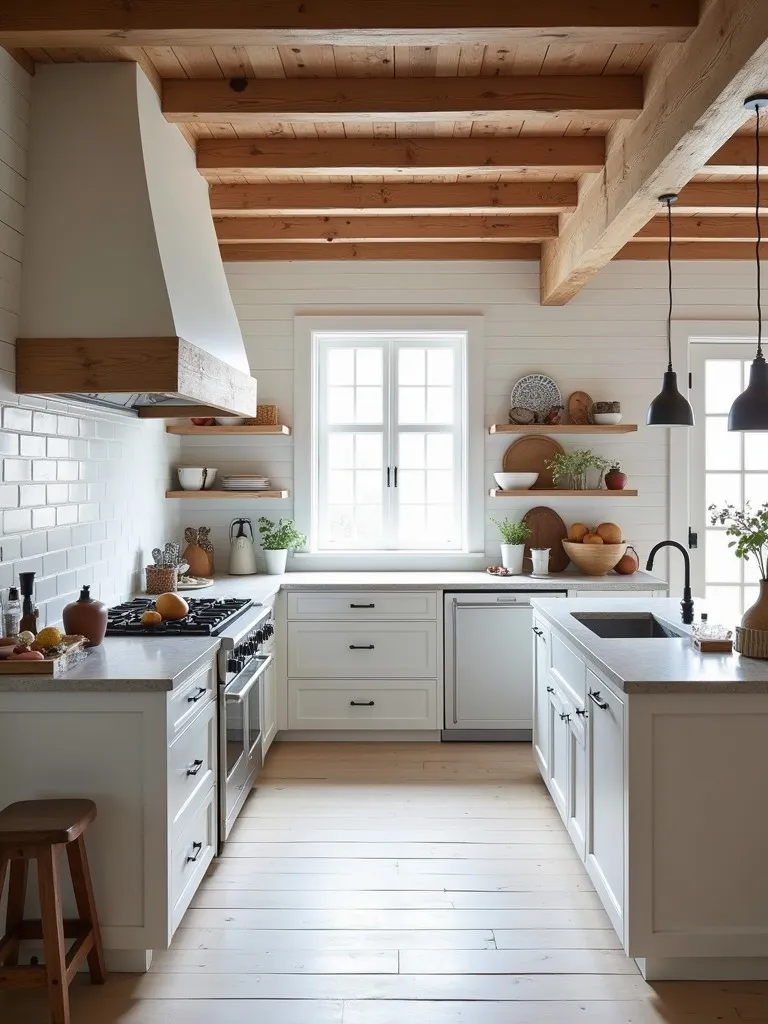
Remember, cats and kittens, when it comes to Scandinavian kitchen materials, metal is the cherry on top of your design sundae. It’s like adding a killer guitar solo to an already great song – it takes things from good to unforgettable. So go ahead, get your metal groove on, and let your kitchen shine brighter than a disco ball!
Creating a Harmonious Atmosphere
Alright, cool cats, we’re in the home stretch now! Let’s rap about pulling all these groovy Scandinavian kitchen materials together to create a space that’s more harmonious than a barbershop quartet.
Choosing Light Colors
Now, dig this: in Scandinavian design, light colors are king. They’re like the Elvis of the color world – they rule the roost and they do it with style.
Get this far-out fact: over 90% of Scandinavian kitchens feature light-colored walls and floors. Why? Because light colors reflect natural light better than a disco ball at Studio 54. They make your space feel bigger than Graceland and brighter than Times Square on New Year’s Eve.
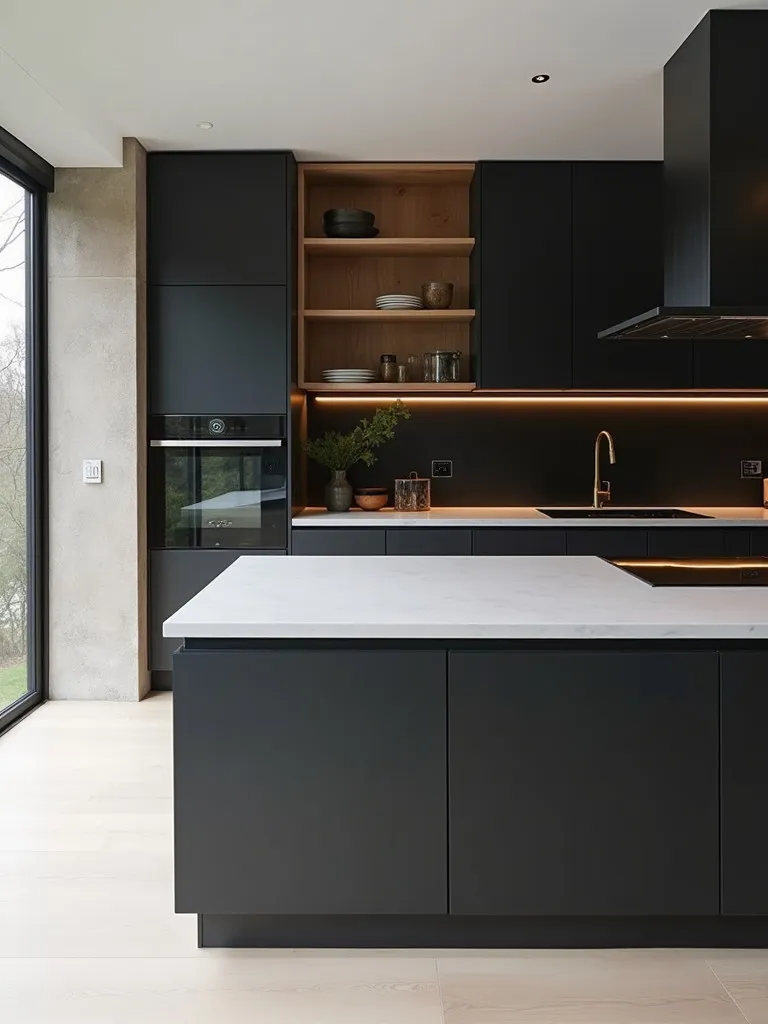
Here’s how to get your color groove on:
- Go for whites, creams, and pastels. They’re like the backing vocals that make the whole song sound sweeter.
- Don’t be afraid of a pop of color here and there. It’s like adding a killer guitar solo to a mellow tune – unexpected, but oh so right.
- Remember, light doesn’t mean boring. Play with different shades and textures to keep things interesting.
Integrating Plants and Light
Now, let’s talk about bringing a little bit of Mother Nature’s groove into your kitchen. Plants in a Scandinavian kitchen are like a saxophone in a jazz band – they might not be the main event, but boy, do they make everything better!
Here’s a mind-blowing stat for you: over 70% of Scandinavian kitchens include plants to add a touch of nature and comfort. It’s like having a little piece of Woodstock right in your kitchen!
Here are some far-out tips for integrating plants:
- Place them near windows to maximize light exposure. It’s like giving your plants front-row seats at a Grateful Dead concert.
- Choose low-maintenance plants that are harder to kill than a cockroach. Succulents and herbs are great options.
- Use plants of different sizes to create visual interest. It’s like creating your little indoor jungle, minus the wild animals.
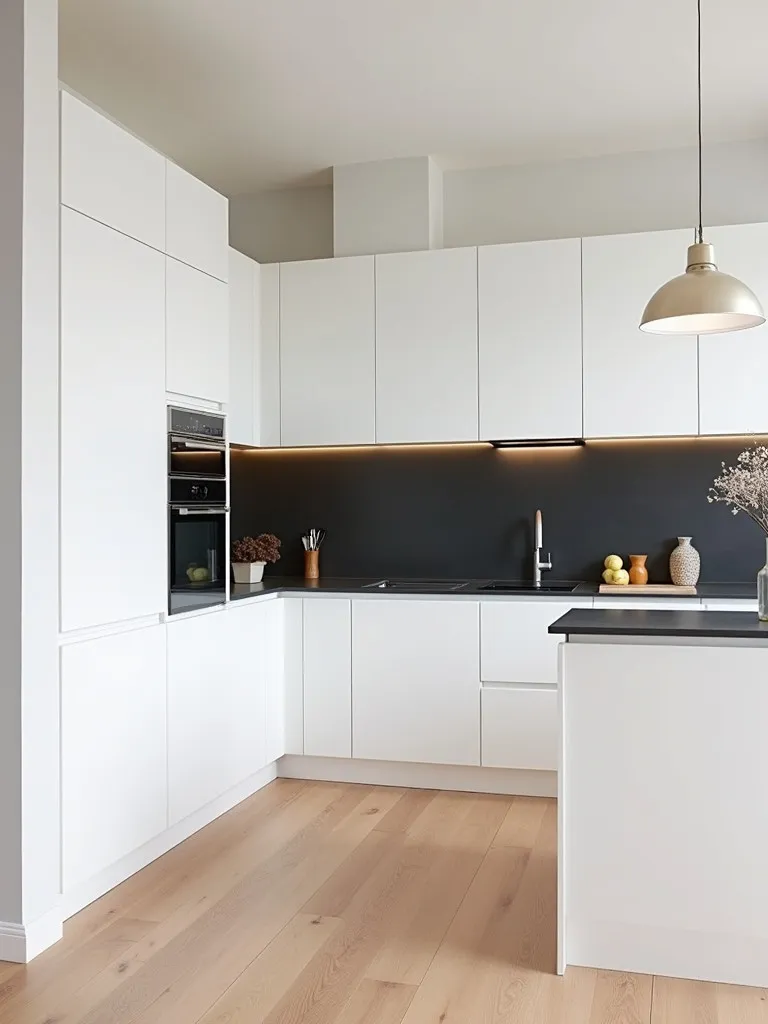
And there you have it, cats and kittens! A guide to Scandinavian kitchen materials that’s groovier than a tie-dye t-shirt and more useful than a Swiss Army knife. Remember, your kitchen should be a reflection of you – so don’t be afraid to let your personality shine through. Now go forth and create a kitchen that’s so cool, it’ll give the Arctic a run for its money!

